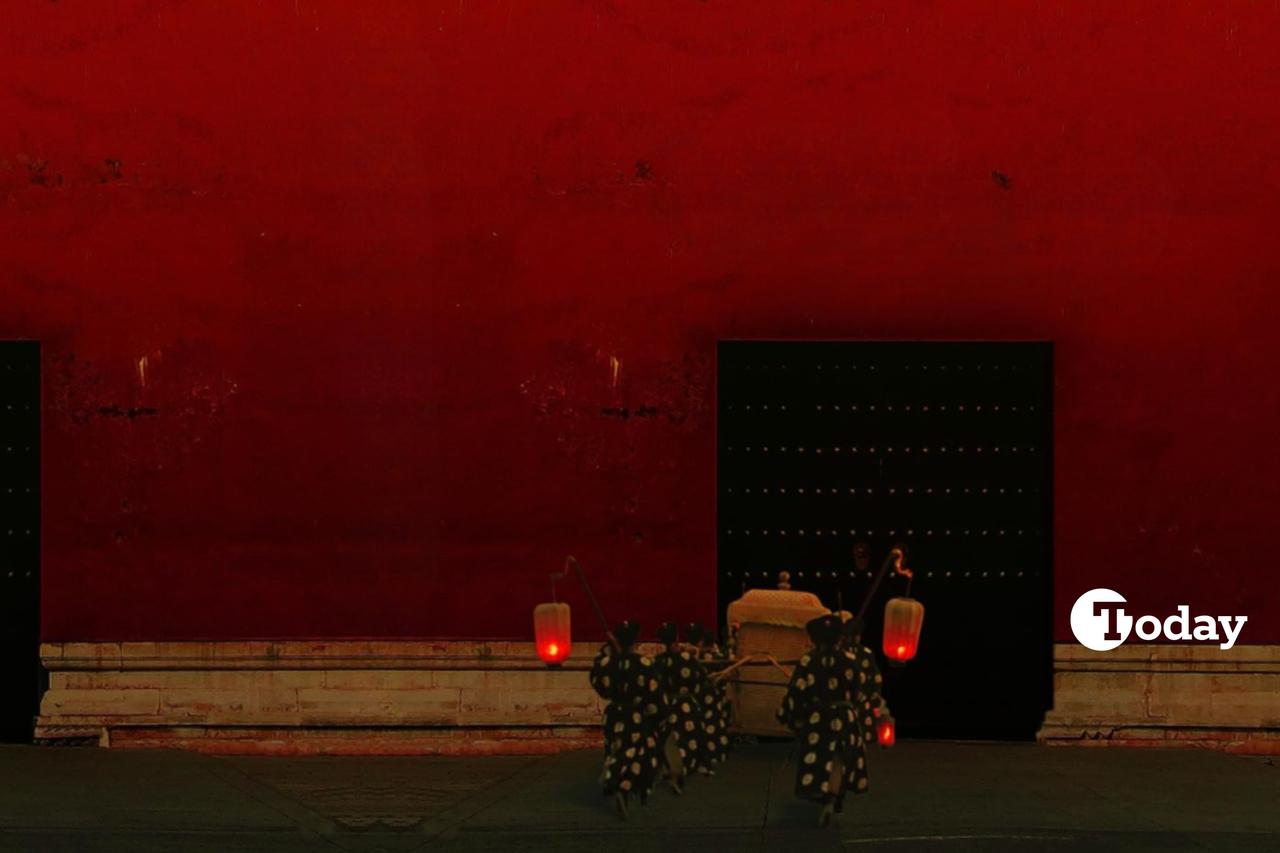
An academic study from Türkiye's Selcuk University delves into the rich symbolism embedded in Bernardo Bertolucci’s acclaimed film "The Last Emperor," offering a semiotic analysis that bridges myth, cinema, and cultural identity.
Conducted by Yasemin Demir, a researcher, the paper provides an intricate look at how the film portrays the mythical traditions of Ancient China, particularly through the Forbidden City’s architecture, customs, and legendary animal motifs.
The Last Emperor (1987) tells the dramatic story of Pu Yi, China's last imperial monarch. Set against the opulent backdrop of the Forbidden City, the film becomes a fertile ground for semiotic investigation.
According to Demir, the movie is more than a historical drama—it is a visual narrative layered with metaphors, symbols, and cultural codes depicting a civilization's values, beliefs, and cosmological worldview.
The study highlights how symbolic animals—most notably dragons, lions, and cranes—function as conduits of myth and markers of imperial ideology. The dragon, often embroidered on robes and carved into architecture, represents power, prosperity, and divine legitimacy. “It is not just decoration—it signals authority and mythological heritage,” Demir wrote.
Similarly, lions positioned at palace entrances embody protection and strength. Cranes, often depicted on rooftops or artwork, convey aspirations of immortality and spiritual elevation. These recurring motifs collectively construct a narrative of sacred sovereignty and cultural continuity.
The analysis employs Roland Barthes’ semiotic theory, particularly his concepts of denotation and connotation. In this framework, the film’s surface-level elements—such as costume colors and spatial arrangements—carry latent meanings referencing ancient religious rites and social hierarchies.
For instance, the recurring use of yellow and red in imperial attire does not merely signify fashion choices; yellow implies divine rulership in Chinese tradition, while red evokes joy, power, and protection from evil spirits.
When the Empress wears a dragon-encrusted crown beneath a ceiling of mystical inscriptions, viewers witness an orchestrated symbol of celestial authority.
As the study notes, Bertolucci’s Western gaze also introduces an Orientalist lens. The film contrasts the mystique of Eastern tradition with the rational modernism of Western ideologies, often through the figure of the British tutor who enters the secluded palace.
This dynamic reveals a duality—an attempt to capture the allure of the East while critiquing its rigidity.
Demir argues that such films are not just entertainment; they are instruments of cultural memory. By embedding traditional Chinese myths within cinematic language, "The Last Emperor" becomes a vessel of symbolic storytelling that transcends time. It illustrates how rituals, beliefs, and folklore continue to shape contemporary perceptions of history and identity.
In a world increasingly influenced by globalized cinema, this academic study demonstrates the enduring relevance of mythological narratives. 'The Last Emperor' stands as a cinematic tapestry where semiotic threads weave together art, culture, and meaning.
As Demir concluded, "Each frame is a code, each symbol a story. Cinema, when read with the right tools, reveals the soul of a civilization."